As most Canadians know, the Avro Arrow CF105 was designed and built in Canada between 1952 and 1959. It was reportedly the most advanced fighter jet of its time. In 1959, the Canadian government abruptly cancelled the Arrow program, citing cost and the fact that fighter aircraft would probably not be needed in the coming missile age. 60 years on, we still need fighter aircraft and the Arrow probably would still be competitive to this day.

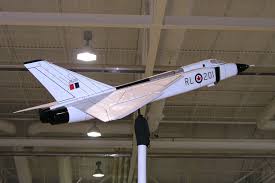


In 2005, the Avro Museum in Calgary began a project to build a 2/3 scale flying replica of the Arrow.
Click here to visit the Avro museum website.
Click here to see a recent news report on the project.


In 2013, I volunteered to design the rear landing gear for the aircraft. Because of the unique characteristics of this plane, there were no existing designs that would work for the Arrow II. It has been said that the design of aircraft landing gear is particularly challenging because it has to be strong to handle the fairly intense aircraft landing loads and it has to be able to fold up into a space the size of a large suitcase. Add to that the challenge that it has to be able to be built by volunteer craftsmen without huge resources or sophisticated equipment.
We are now into the fourth (and hopefully final) iteration of the design. The previous iterations would have worked but it seemed that we would always get to a certain point in the design and then see a better way of doing things. Almost every component of the landing gear will be custom built. The exceptions to that will be the wheel assembly, the hydraulic actuator and the air spring.
The entire design is now modelled in a 3D file. This is what the strut assembly will look like:
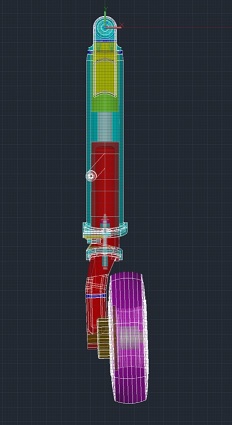
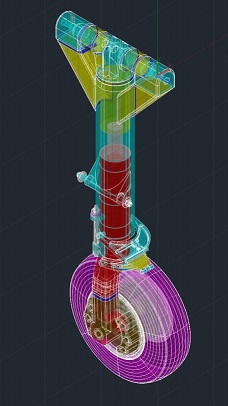

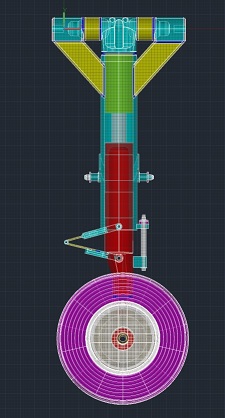
The color coding used in the model is as follows:
- Red - 120,000 psi machined steel
- Cyan - 90,000 psi machined steel
- Blue - Welding
- Yellow - Structural steel components cut to suit
All other colors are purchased components. The strut assembly will be installed in a steel subframe. The purpose of the subframe be to allow the entire gear assembly to be removed from the aircraft without requiring complete disassembly and without disturbing the wheel alignment. It will, of course, need to be strong enough to transmit all of the landing loads to the aircraft frame. Here is what it will look like:

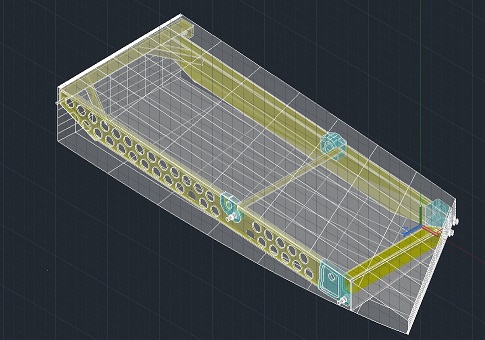
And here is what the landing gear will look like when deployed:

It is estimated that it will be another 5 - 10 years before the Arrow II will be ready to fly. I intend to be around when it does.